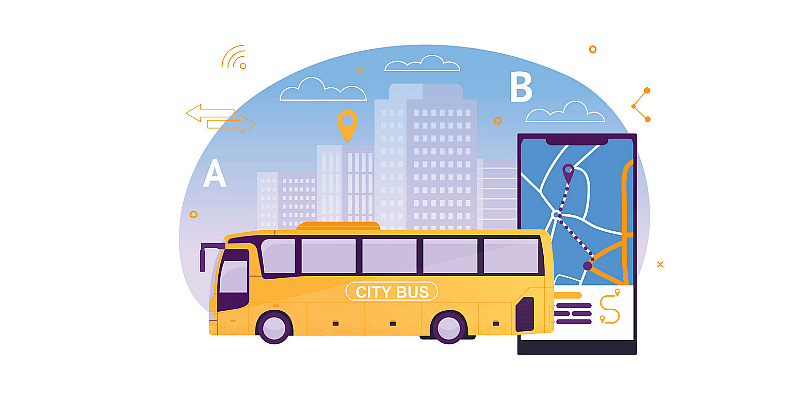Ease of mobility is the backbone of all economies. People travel across cities to increase their sphere of economic and social activities, whether it is a family visiting relatives, a student going to college, or a merchant visiting a market.
With railways suffering from a capacity crunch and/or doorstep reach, and airlines, taxis, and personal vehicles still unaffordable for the majority of Indians, buses have since long been the most popular choice for intercity and interstate travel.
Over the past few decades, though there have been some initiatives at increasing the speed, convenience, and affordability of bus travel, yet the sector remains largely unorganised, unmonitored, and chaotic at best. Only now, with the emergence and application of ‘internet’ technologies, a differentiated impact in the sector can be seen, and we can expect to see a change in the way India travels in this decade.
Application of Internet technologies
Altering consumer demands, swiftly changing technology, and augmentation of online players are factors determining the pace of mobility industry in India. With increasing internet penetration, organisations like MMT and IRCTC solved the ease of booking and the information asymmetry around choices and prices but largely for air and rail travel.
Intercity bus travel space is still pretty new to online exposure with online demand currently accounting for less than 20 percent of overall bookings.
Tech-based brands like zingbus and redBus being mindful of the bus travelers’ needs, and are investing in creating data platforms that help in generating useful customer insights and design much desired services like easy ticketing and planning the network of routes in a dynamic and intelligent manner.
Adoption of machine learning and predictive algorithms ensures maximum yield for the operator partners while remaining affordable for the travelers.
Mobility facilitation by smartphone penetration
With increasing smartphone penetration, cab hailing services like Uber and Ola not only revolutionised cab as a product (service), but also made it available to a huge customer segment who couldn’t afford it before.
They did so by improving the utilisation of these cabs, i.e., in 2010, a taxi in Mumbai did an average of four rides a day, and now it does 16. In the process, not only technology standardised the quality of taxi service, but also guaranteed a dependable livelihood for millions of drivers across the globe.
New products & services in transportation & mobility
Even at increased utilisation levels, taxi as a product remains unaffordable for most Indians. Recognising this need gap, new services like bike taxis (Rapido), shared e-rickshaw aggregators and intra-city bus aggregators (Shuttl) are trying to fill it. Despite being one of the most crucial utilitarian services for a large number of travelers, the entire inter-city bus travel experience has remained dilapidated.
RedBus noticed this over 10 years ago and built a very successful company by solving the discovery and booking piece of the puzzle. A feedback closure technology tool enables zingbus to convert customer reviews into solid actionable on a per trip, per seat base.
The progression of the surface mobility industry through a technological amalgamation is momentous as it is paving way for standardisations in the sector. Customers can be assured of transparent and excellent services. Tech-based players offer great ease to the travelers by saving their time and money in addition to giving information and offers at the tip of their fingers.
Technology has given the mobility sector the much-needed push in India. With advancement in technology and emergence of new age startups the industry will increasingly become more structured and customer-oriented.
(Disclaimer: The views and opinions expressed in this article are those of the author and do not necessarily reflect the views of YourStory.)









![Read more about the article [Funding alert] Beauty startup Believe raises $55M in Series C led by Venturi Partners, IIFL AMC](https://blog.digitalsevaa.com/wp-content/uploads/2022/04/Believeankit-1650521268644-300x150.png)
